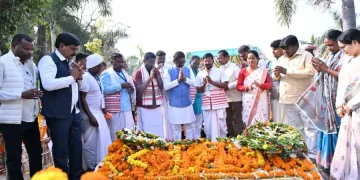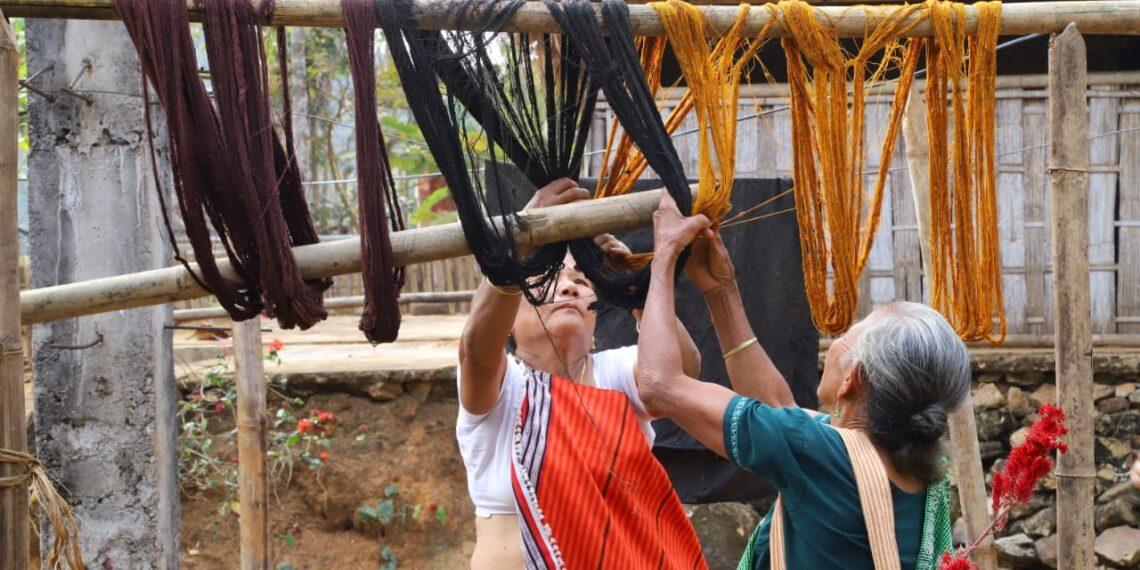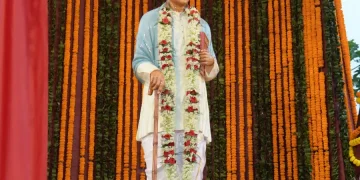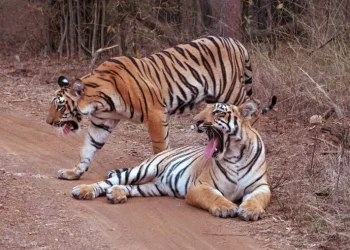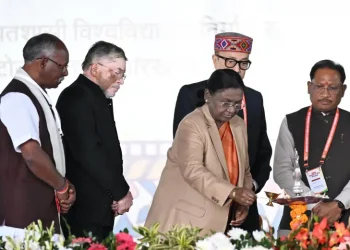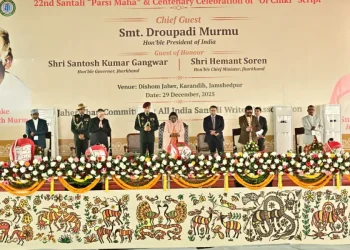Guwahati
The north eastern region of India is a colossal repository of indigenous cultures. But, interestingly, the rich repertoire of cultural heritage of the various tribes is largely oral. Consequently, many facets of the cultural heritage and traditions have gone away with the previous generations.
It is against this backdrop that a non-profit organisation, ARHI, has ever since its inception in 2008 “relentlessly” engaged in research, documentation and preservation of indigenous cultures of diverse tribes hailing from the north east.
“Natural dyeing is a creative and lucrative art of the Karbis, which has been nurtured and patronized through centuries. The dyed hand-loomed cloths are an integral part of their folk art and reflect the age–old aesthetics and cultural sensibilities,” Dibya Jyoti Borah, ARHI president, tells The Indian Tribal.

“The traditional hand-woven products of the Karbis are known for their glorious heritage, artistry and fine workmanship. Use of myriad colours in handloom products is a unique feature of the textile tradition of Karbis. The tribe is well nuanced in the knowledge of natural colour extraction from plants and dyeing eco-friendly threads,” he explains.
Among its plethora of initiatives, ARHI organizes workshops and structured training programmes on folk songs, art and craft. “We recently conducted a revitalization programme on natural dyeing traditions of the Karbi Tribe in the West Karbi Anglong District in Assam,” Borah points out.
The traditional dyeing process of the Karbis is a comprehensive one involving different processes from plant identification to different methods of dye preparation. “The dyes were prepared from different natural sources like herbs/plants, tree barks or animal products. Traditionally, the Karbis used three colours — white, indigo black and red. The most popular dye was indigo obtained from a leaf called Sibu (indigo plant leaves),” says Borah.
Today, due to the availability of factory-made threads in the market, the weavers invariably tend to skip the trouble of preparing this dyeing material. “It is apprehended that the current generation of weavers residing in the villages may well be the last generation who can identify the natural substances and have at least a cursory knowledge in terms of indigenous dye preparation,” informs Borah.

Due to the availability of cheap machine-made cloths and non-availability of a support system (patronage), only a few elder weavers are left who are experts in the dyeing techniques. In fact the new generations of weavers are completely ignorant of the indigenous dyeing tradition.
“Although the community has appealed to governmental agencies to meet their demands, nothing substantial has been done so far,” shares Borah. The revitalization programme is a programme consisting of four phases- mobilization and orientation, documentation, workshops and finally assessment.
Borah elaborates, “Through the initial phase of mobilization and orientation we generated awareness among the Karbi community to preserve the extinct dyeing tradition. In the next phase a comprehensive documentation of the dyeing process along with a recording was done. The selection of plants and their dyeing properties, colour extraction process and colouring of thread, recordings of songs etc were conducted audio-visually.”
“After this, all the documentation findings were published in a booklet that has photographs demonstrating the entire process. The booklet also includes photographs of the plants. Subsequently, a series of workshops were conducted to train young weavers in the art of dyeing by the elder weavers. Finally, at the end of the project the community representatives assessed the impact of the project,” he adds.
According to the findings, Borah states, by and large the younger generations are keen to embrace the indigenous dyeing tradition especially because they understand that the process is ecologically friendly and sustainable. However, there is a pressing need for government and non-government agencies to create an ecosystem that can support the feasibility of these indigenously dyed products in today’s competitive market landscape.

